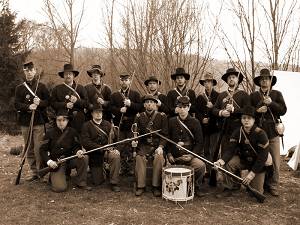Re: Tarred cloth
One method I don't see touched upon often is to "drag" the sized or starched fabric with a thickened paint mixture. This was explained to me by a friend who is a screen printer, and I understood it to be akin to actual screen printing except you use paint (not ink) and a squeegee (not a brush). I haven't tried it yet but I get the feeling that if the paint is suitably thick and applied to a fabric with as little agitation as possible it could yield a finished cloth with little or no seepage to the opposite side, not to mention a perfectly even coat without globs and bits of brush bristle stuck in it.
Claude, have you ever tried this method?
One method I don't see touched upon often is to "drag" the sized or starched fabric with a thickened paint mixture. This was explained to me by a friend who is a screen printer, and I understood it to be akin to actual screen printing except you use paint (not ink) and a squeegee (not a brush). I haven't tried it yet but I get the feeling that if the paint is suitably thick and applied to a fabric with as little agitation as possible it could yield a finished cloth with little or no seepage to the opposite side, not to mention a perfectly even coat without globs and bits of brush bristle stuck in it.
Claude, have you ever tried this method?



Comment